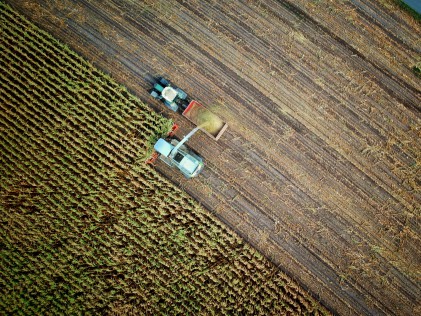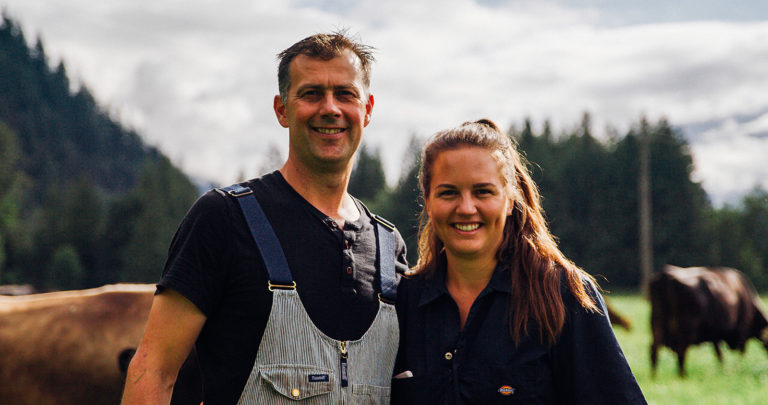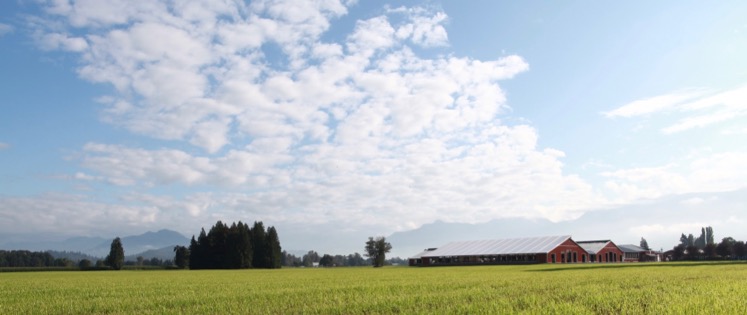Farmers maintain busy schedules. From early mornings in the barn, to late nights in the field, farmers often stay busy year round. Let’s explore the work that farmers do in the fields!
|
Spring: March – May
The fields are prepared for planting crops
-
Did you know that 39% of Canada’s farmable land is in hay, alfalfa, and pastures, as food for livestock?
-
Farmers in Abbotsford will start planting hay in March to begin harvesting in May. In the northern regions, such as Telkwa, many farmers must wait until the ground has thawed before getting it seeded–sometimes as late as May!
-
Cows play a key role in nutrient recycling. They eat the plants; then their manure is used to fertilize the plants so that the farmers can grow healthy crops to feed the cows again.
|
 |
|
Summer: June – August
Growing crops
-
Grass and alfalfa are usually harvested every 30 to 40 days.
-
By August, some fields in the Fraser Valley will be cutting a 5th cut of hay off.
-
BC’s climate is favourable for growing corn for cows (field corn), which is starchy and low in sugar.
-
Did you know that the leaves of a corn plant grow specifically to funnel water down to its roots? Trouble comes when there is no rain, so farmers may use irrigators (like giant sprinklers) to help give crops the boost required to grow.
|

|
|
Fall: September – November
Harvesting and maintenance
-
After the tall corn crops have dried they will be harvested.
-
In late September, fields are planted with cover crops such as winter wheat or fall rye to protect the soil over the winter months.
|
 |
|
Winter: December – February
Planning
-
During the winter farmers certain regions may not be allowed to apply recycled nutrients (frozen ground doesn’t absorb nutrients!), so during these months they’re typically prepping their equipment or working on software for the upcoming year.
-
Because crops require a lot of time and investment, farmers return from the barn to plan for next year through the winter.
|

|







